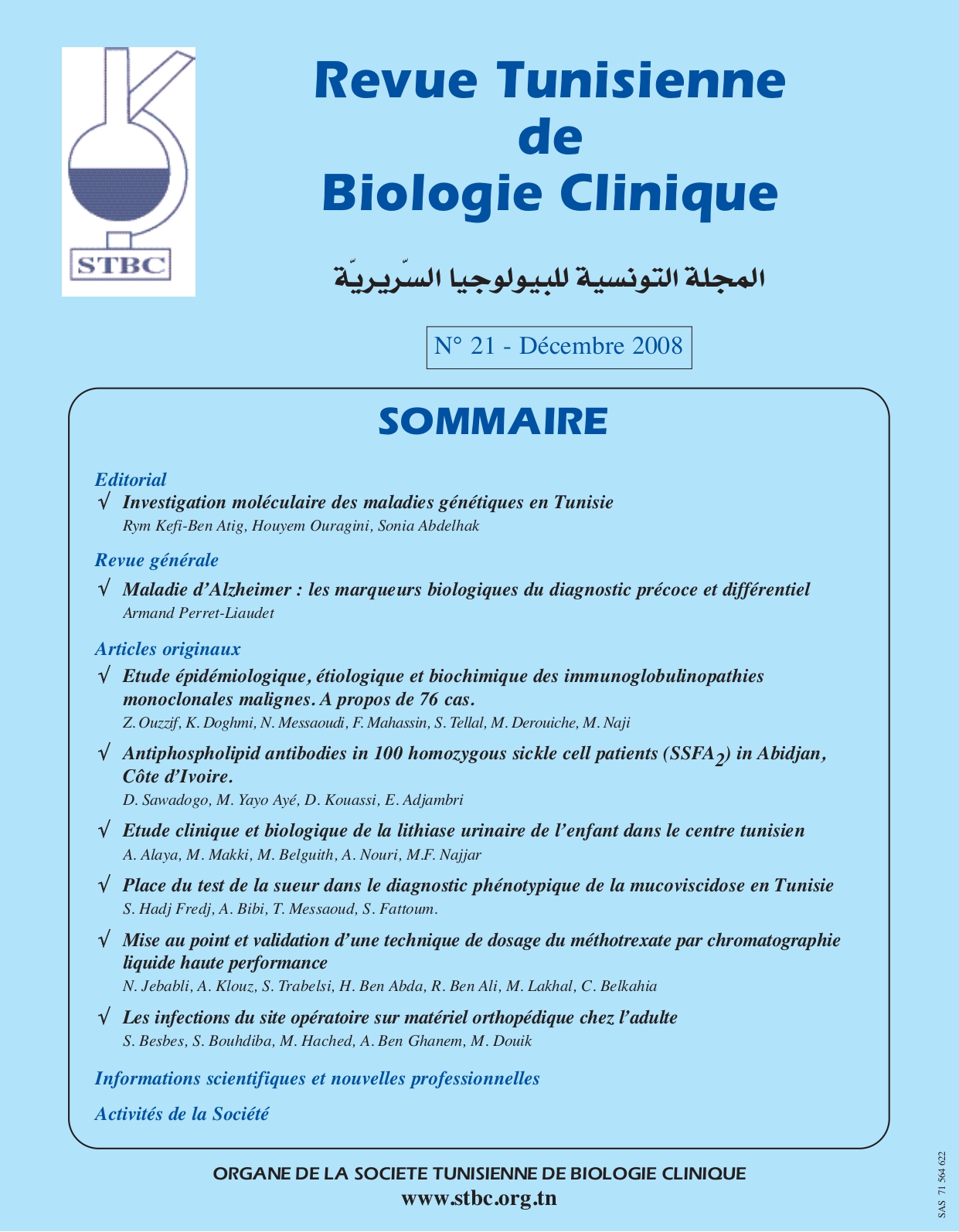Abstract
Objective: Since the 1980s, the clinical and biological characteristics of pediatric urinary lithiasis have continued to evolve in our country. The aim of this work is to specify the clinical, biological, and therapeutic aspects of this pathology in the central region of Tunisia. Materials and Methods: Our study included 104 children (age: 8 months to 16 years) hospitalized for urinary lithiasis. A first-line metabolic assessment, both urinary and plasma, was conducted in 96 patients. The morpho-constitutional examination of the stones was performed using a stereomicroscope, and their chemical analyses were conducted using infrared spectroscopy. Results: A male predominance was noted with a sex ratio of 1.53. Clinical symptoms were mainly characterized by urinary burning sensations (28.8%). Cytobacteriological examination of urine was positive in 15 patients (14.4%). The collected stones were predominantly located in the upper urinary tract in 75% of cases. Identification of crystalline composition revealed that whewellite was the most common species both in children (80.0%) and infants (57.1%). Ammonium acid urate was predominantly present in infants. Conclusion: The male predominance of this pathology has become less frequent than that described in the 1980s. Clinical symptoms are mainly dominated by hematuria. We observed a decrease in infection-related lithiasis with stability in calcium oxalate stones. Endemic lithiasis remains relevant in Tunisia, although it is less frequent. Patient age is an important factor that should be considered in etiopathogenic investigations. Whewellite remains the most common component of urinary stones.

This work is licensed under a Creative Commons Attribution 4.0 International License.
Copyright (c) 2024 Revue Tunisienne de BIOLOGIE CLINIQUE

